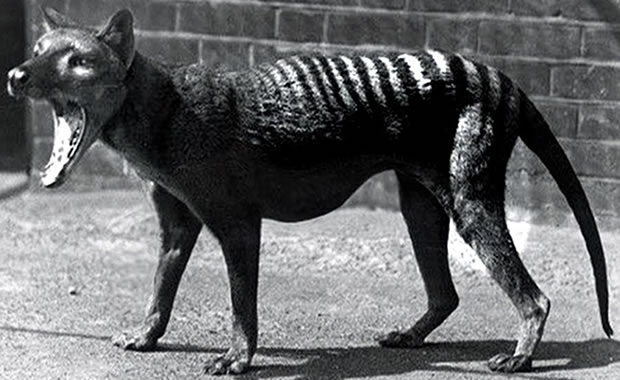
Apennine Chamois
|
Creature Profile
The Apennine chamois is a subspecies of the chamois, a goat-like mammal found in the mountains of Europe. Both male and female have hook-shaped horns that slightly curl backwards and grow little by little each year, never falling off. Their coats are light brown in the summer and darker in the winter, with a light colored mark on the throat. There are also two darker bands on their flanks.
In the summer, the Apennine chamois prefers rock faces and pasture lands at heights above 1700 meters for its habitat, and in the winter it prefers to retreat to the woods below. Diet of the chamois consists of grasses, leaves, buds, shoots and fungi. Adult males prefer a solitary life, only approaching females during the mating season. Groups consist only of females, young males, and "kids." Females give birth to only one kid after a gestation period of 23 to 24 weeks.
The Apennine chamois was said to have been hunted close to extinction until the Abruzzi National Park intervened with a reintroduction program, which led to the return of the chamois in the mountains of Italy. However, there is still a threat to the survival of the species due to long periods of genetic isolation resulting in very little genetic variation.
Wikipedia Article

|
Wikipedia Article Copyright Notice: This article is licensed under the GNU Free Documentation License. It uses material from the Wikipedia article "Rupicapra". |
May 8, 2017
Glenn, C. R. 2006. "Earth's Endangered Creatures - Apennine Chamois Facts" (Online). Accessed 4/20/2024 at http://earthsendangered.com/profile.asp?sp=68&ID=6.
Need more Apennine Chamois facts?



